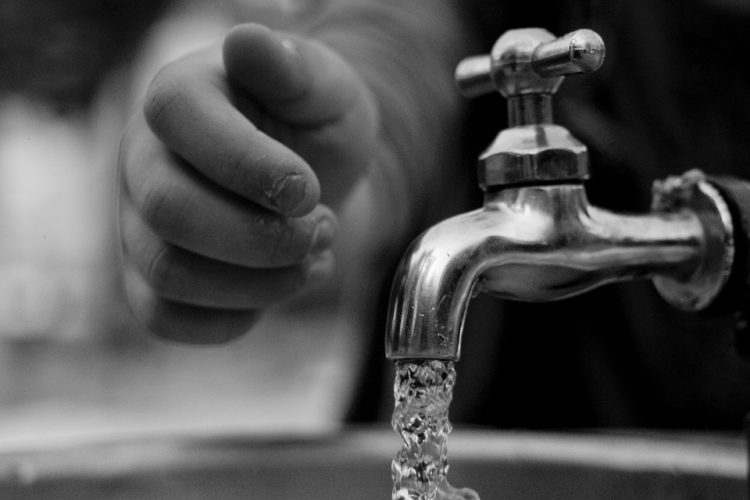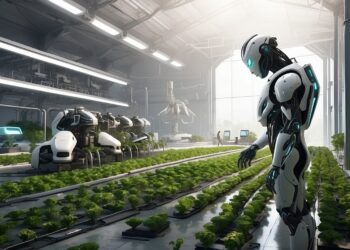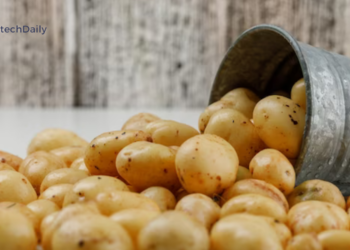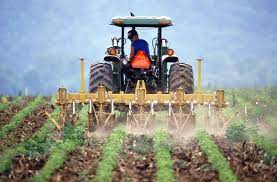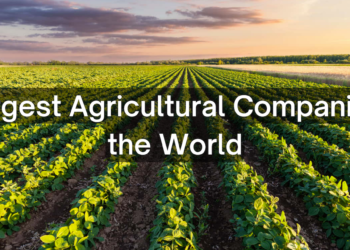Although Earth is three-fourth occupied by water, only 1% is available for human use. 99% of this is saline water and only the remaining is suitable for drinking purposes. The world has witnessed several drought periods. Countries like Africa had periods where they even begged for a drop of water to drink.
Many died due to the scarcity of drinkable water. A major part of this drinkable water is polluted. Thus leading to rising water-related diseases.
With rising industrialization, water pollution has reached a critical peak in the scale graph over the years. Although the government initiated water treatment plants, the rise has not taken any significant decrease.
What is water pollution?
It’s the pollution of water bodies with unwanted waste materials, chemicals, excreta, or fluids making it unfit for human use.
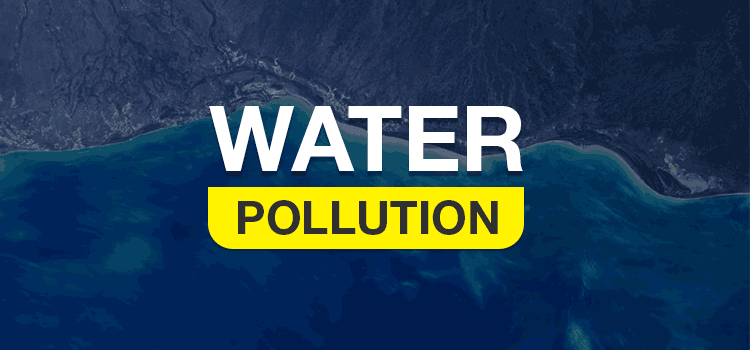
How has it been polluted over the years?
- Festivals are the season when water pollution reaches its peak. At festivals like Ganesh Chaturthi, large statues are dumped into these bodies.
- People in the villages wash their animals, bathe themselves and their clothes in these water bodies only polluting it further.
- Industrial waste is let out into these bodies. These chemicals pose a great threat to aquatic life. This can cause further water-related problems like eutrophication, biomagnification, and the death of aquatic life.
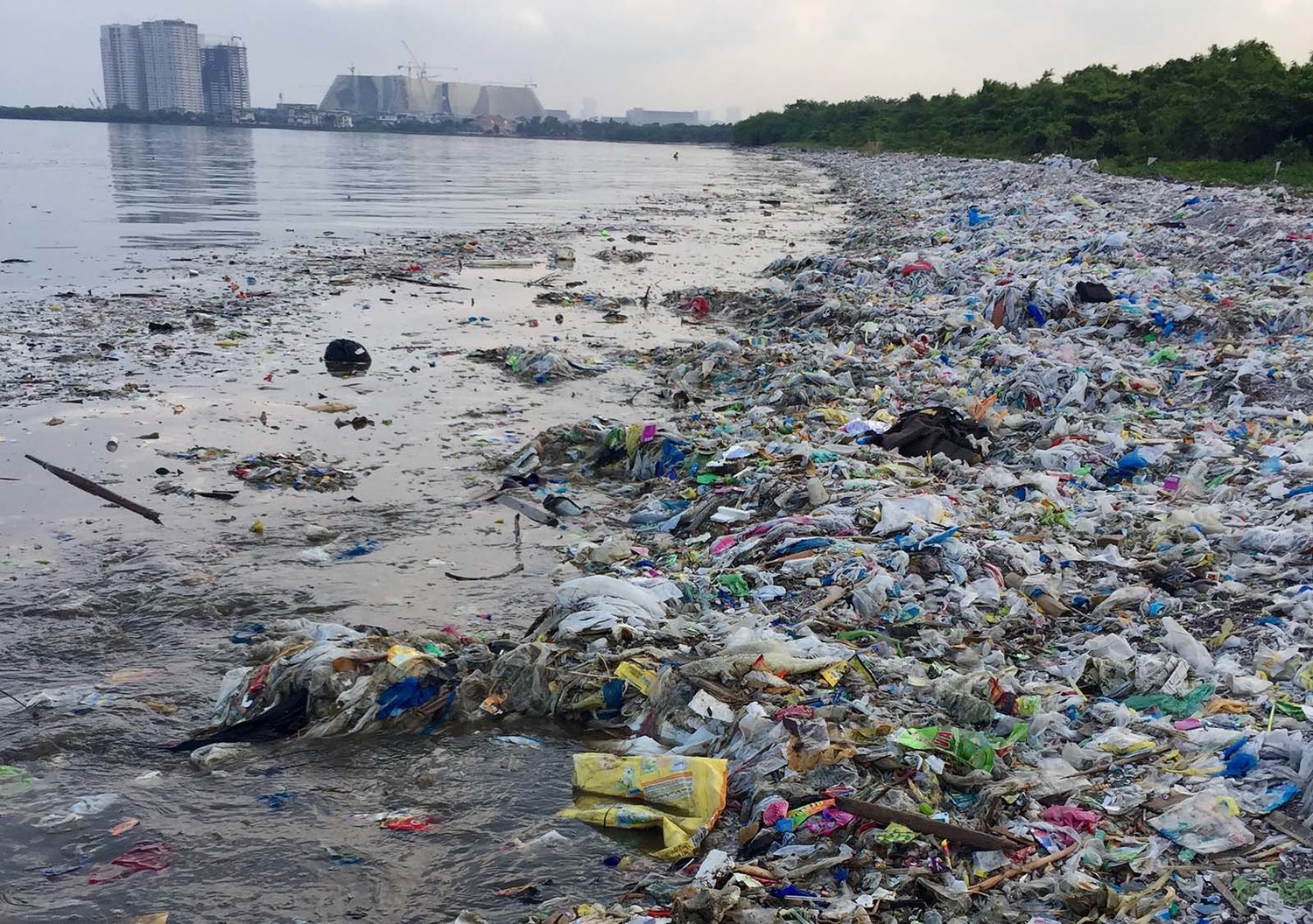
Treatment
Several projects have been initiated by the Government of India. The most appreciated ones are MGNREGA and Jal Shakti Abhiyan have been implemented over large stretches in rural areas.
Even though government-level projects are in progress, we as citizens can always do our duty at our local levels by adopting rainwater harvesting in our regions. Many states have adopted this idea and have been successful in mitigating water scarcity at a better level.
What is rainwater harvesting?

The sustainable process of collection and storage of rainwater rather than allowing it to just runoff. It’s collected from rooftops or large surfaces and is directed to some low-level surfaces through pipes.
Thus restoring the groundwater table. Dew and fog are also collected through the use of nets and other tools.
Domestic applications
- Technologies have been developed to filtrate the harvested rainwater by inbuilt filtration systems in the pipes so that people get direct drinking water. This reduces the cost of additional water filtration processes and helps you get clean drinking water.
- Nations like Kenya have focussed on building a strong agricultural irrigation industry since the establishment of the Water Act.
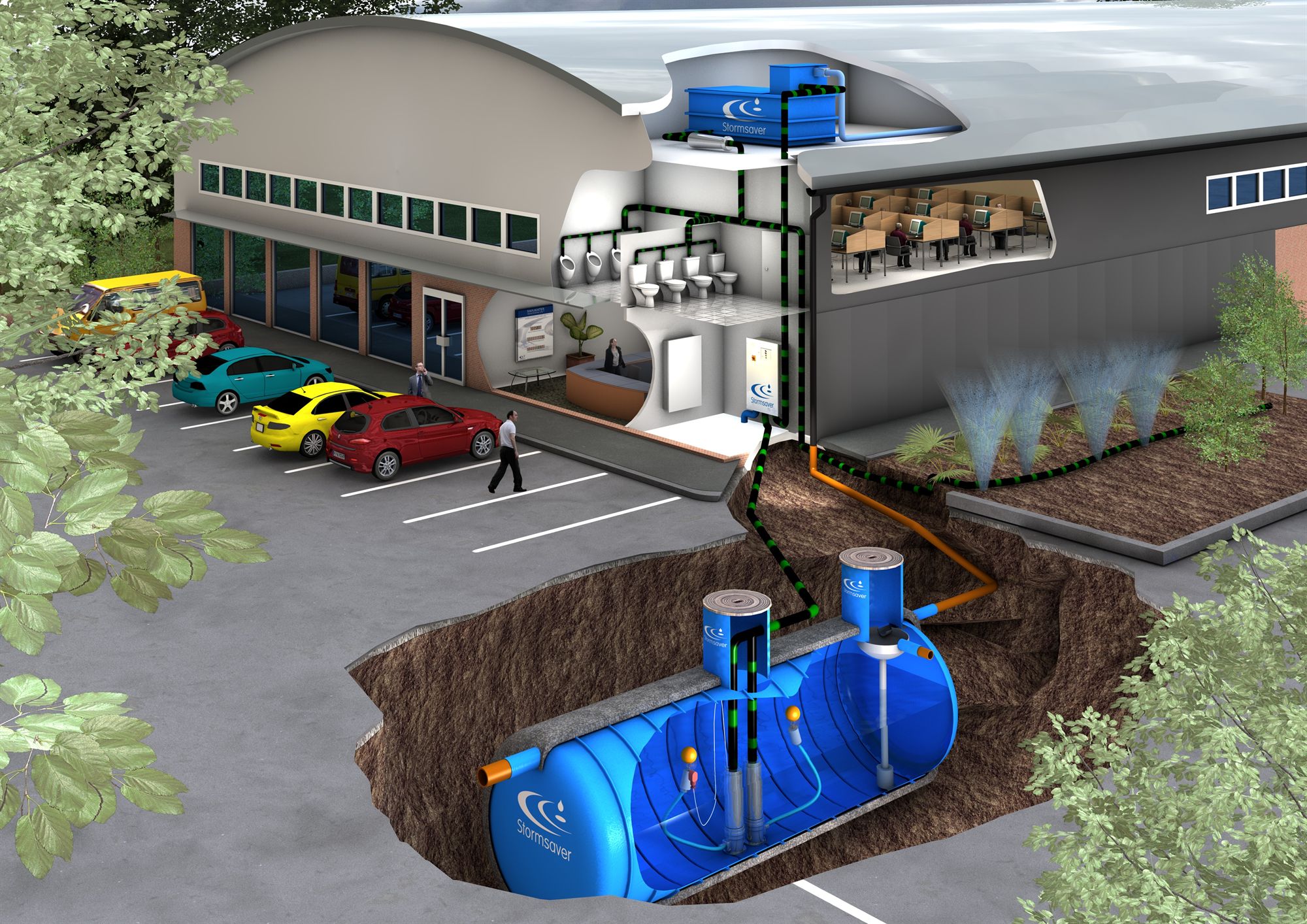
It uses harvested rainwater for toilets, laundries, and irrigation purposes. Another renowned nation in this field is Frankfurt Airport, being the biggest rainwater harvesting owner in Germany.
Although these systems need a constant eye for maintenance and human skill for installation, the advantages outgrow them.
Advantages
- It decreases the scarcity of water
- It looks out to a sustainable future so that people get clean water anywhere and anytime
- Its expenses are low with low water bills
- It’s been successful in restoring the groundwater table
- It has reduced soil erosion, surface runoffs, and floodings
Also Read: 5 Emerging Innovations In The Field Of Agriculture


